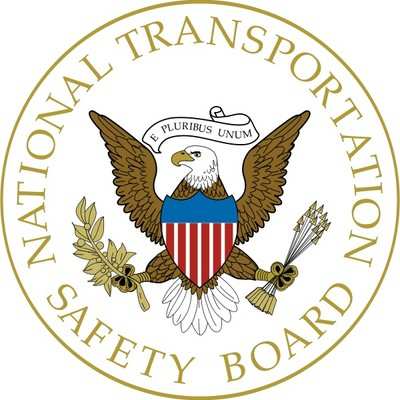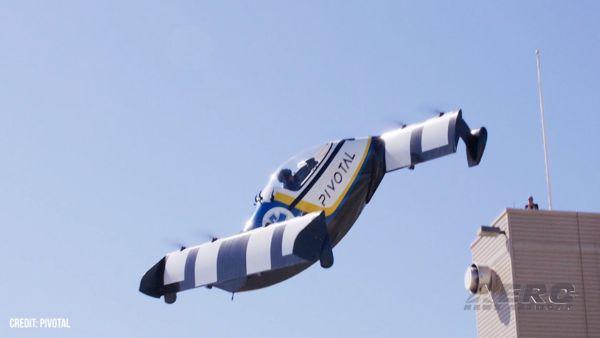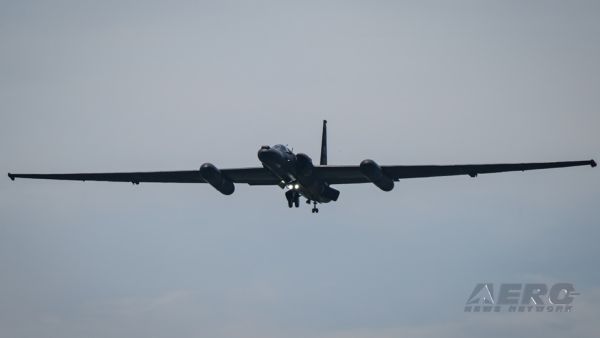The Airplane Collided With Trees And Impacted Terrain
Location: Sisters, OR Accident Number: WPR25LA211
Date & Time: July 13, 2025, 11:06 Local Registration: N787LF
Aircraft: Cessna 172S Injuries: 1 Serious, 2 Minor
Flight Conducted Under: Part 91: General aviation - Instructional

On July 13, 2025, about 1106 Pacific daylight time, a Cessna 172S, N787LF, was substantially damaged when it was involved in an accident near Sisters, Oregon. The flight instructor was seriously injured, and the student pilot and pilot rated passenger sustained minor injuries. The airplane was operated as a Title 14 Code of Federal Regulations Part 91 instructional flight.
On the day of the accident the trio met at Aurora State Airport (UAO), Aurora, Oregon, for a local area flight. The pilot-rated passenger stated that she does not fly frequently arranged for the flight instructor to act as a safety pilot, while she initially flew the first leg of the flight. They originally wanted to fly toward the coast but due to poor weather conditions they opted to fly to Sisters Eagle Air Airport (6K5), Sisters, Oregon.
After landing at 6K5, the airplane was secured, and they went into town. After returning to the airplane, they decided that the return flight to UAO would be a discovery flight for the student pilot. The flight instructor was seated in the front right seat; the student pilot was seated in the front left seat and the pilot rated passenger was seated in the left rear seat. The student pilot and pilot rated passenger noted that the flight instructor did not conduct a preflight inspection of the airplane or use any checklist while starting the engine or while taxiing the airplane for takeoff.
The flight instructor reported that upon returning to the airport, he made note of the temperature and estimated they had enough runway to clear the 50 ft obstacles. For the return flight, the pilot rated passenger wanted the flight to be the student pilot’s first introductory flight.
The flight instructor configured the airplane with 10° flaps extended, leaned the engine for best power, and utilized the displaced threshold for both taxiing and takeoff on runway 2. He believed the engine was not developing full power, as the airspeed was not building as quickly as he expected. The airplane lifted off the ground, however, had insufficient engine power to sustain the initial climb. The airplane was in a nose-high attitude and the flight instructor realized that the airplane could stall. He lowered the nose and placed the airplane in a “coordinated stall,” while directing the airplane toward an open area.
Subsequently, the airplane collided with trees and impacted terrain. After the airplane had came to rest, the student pilot exited the airplane and then assisted both the pilot rated passenger and flight instructor with exiting the airplane. As they exited the airplane, it caught fire.
A pilot-rated witness near the accident location reported that, while at 6K5, he watched the airplane taxi to the runway, and takeoff to the north. He further observed that during the takeoff initial climb, the airplane had a high angle of attack and appeared to narrowly miss the tree line, and shortly thereafter made a sharp left turn, and continued line of sight. Shortly after, the witness then saw a cloud of dust followed by a plume of black smoke. He added that he did not hear any engine anomalies during the takeoff.
The wreckage was recovered for further examination.
 Classic Aero-TV: EVAS Raises Awareness on Cockpit Smoke
Classic Aero-TV: EVAS Raises Awareness on Cockpit Smoke NTSB Prelim: Cessna 172S
NTSB Prelim: Cessna 172S Aero-News: Quote of the Day (08.10.25)
Aero-News: Quote of the Day (08.10.25) ANN's Daily Aero-Linx (08.10.25)
ANN's Daily Aero-Linx (08.10.25) ANN's Daily Aero-Term (08.10.25): Nonapproach Control Tower
ANN's Daily Aero-Term (08.10.25): Nonapproach Control Tower



